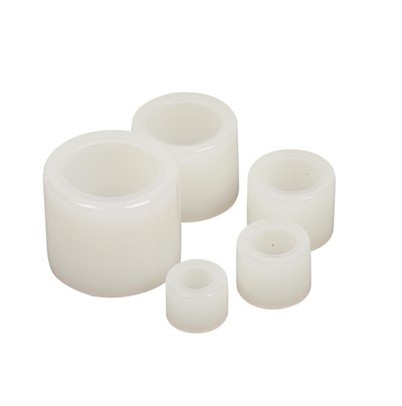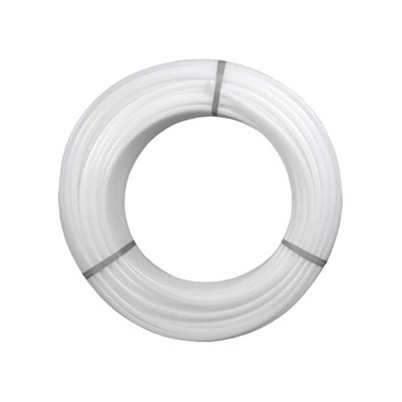What are the advantages of HDPE pipeline systems?
Leave a message
HDPE pipes are a replacement product of traditional steel pipes and polyvinyl chloride drinking water pipes. The advantages it has are as follows:
⑴ Reliable connection: Polyethylene pipeline systems are connected by electric heating fusion, and the strength of the joints is higher than the strength of the pipeline body.
⑵ Good low-temperature impact resistance: Polyethylene has an extremely low low-temperature embrittlement temperature and can be safely used within the temperature range of -60-60 ℃. During winter construction, due to the good impact resistance of the materials, there will be no occurrence of pipe brittle cracking.
⑶ Good resistance to stress cracking: HDPE has low notch sensitivity, high shear strength, excellent scratch resistance, and outstanding resistance to environmental stress cracking.
(4) Good chemical corrosion resistance: HDPE pipes can withstand the corrosion of various chemical media, and the chemical substances present in the soil will not cause any degradation effect on the pipes. Polyethylene is an insulator for electricity, so it will not undergo decay, rust, or electrochemical corrosion; Moreover, it does not promote the growth of algae, bacteria, or fungi.
(5) Aging resistance and long service life: Polyethylene pipes containing 2-2.5% uniformly distributed carbon black can be stored outdoors or used for 50 years without being damaged by ultraviolet radiation.
Good wear resistance: The comparative test of wear resistance between HDPE pipes and steel pipes shows that the wear resistance of HDPE pipes is four times that of steel pipes. In the field of mud transportation, HDPE pipes have better wear resistance compared to steel pipes, which means that HDPE pipes have longer service life and better economy.
(7) Good flexibility: The flexibility of HDPE pipes makes them easy to bend. In engineering, obstacles can be bypassed by changing the pipeline direction. In many cases, the flexibility of pipes can reduce the amount of pipe fittings and reduce installation costs.
Low water flow resistance: HDPE pipes have a smooth inner surface and a Manning coefficient of 0.009. The smooth performance and non adhesive properties ensure that HDPE pipes have higher conveying capacity than traditional pipes, while also reducing pressure loss and water transmission energy consumption of the pipeline.
(9) Convenient handling: HDPE pipes are lighter than concrete pipes, galvanized pipes, and steel pipes, making them easier to handle and install. The lower labor and equipment requirements mean a significant reduction in the installation cost of the project.
(10) A variety of new construction methods: HDPE pipeline has a variety of construction technologies. In addition to the traditional excavation method, it can also use a variety of new non excavation technologies, such as pipe jacking, directional drilling, lining, pipe splitting, etc. This is the only choice for some places where excavation is not allowed, so HDPE pipeline is more widely used.







